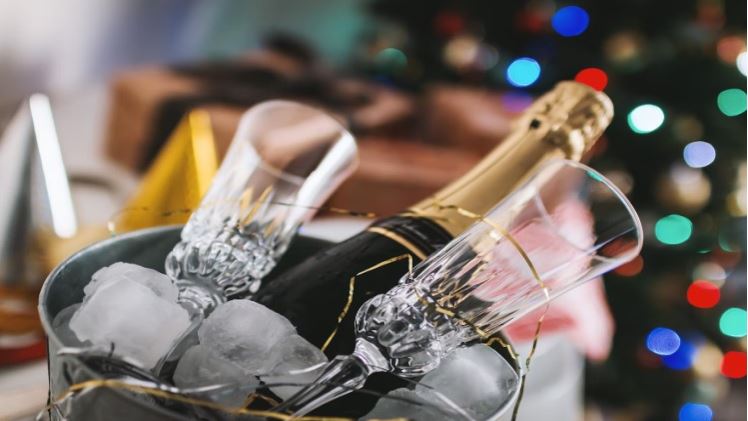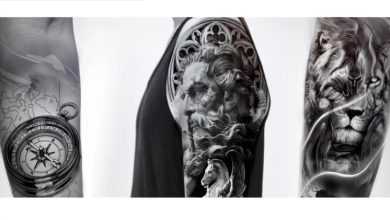Differences Between Champagne and Sparkling Wine

What is Champagne?
Just the mention of Champagne makes people think of special occasions and celebrations. You don’t just get the Champagne out for doing some house chores. This is a sparkling wine named after the French region from which it hails. Produced using the stringent Méthode Champenoise, Champagne embodies luxury with its rich history, often being the centrepiece of posh affairs.
Traditional Production Method
The traditional method is a labour-intensive process where secondary fermentation—responsible for the bubbles—is achieved within the bottle. Each bottle is aged “en tirage,” or on its lees, which gives Champagne its unique depth of flavour, characterised by those beloved, fine bubbles.
Sparkling Wine: A Diverse Category
This side of the coin addresses a whole range of wines that aren’t necessarily from Champagne, the region. We’re talking Prosecco, Cava, and the Australian classic, labelled simply as “sparkling.”
Varieties and Production Methods
You’ll find that sparkling wines can be made in different ways and learning them all in a short article like this is impossible (sorry!). “Tank” or “Charmat” methods allow the secondary fermentation to take place in a large vat, which results in a fresher, fruitier wine. With such diversity, sparkling wines are often more approachable and versatile.
Key Differences to Sip On
Grapes: Chardonnay’s Crown in Champagne
Champagne relies on Chardonnay, Pinot Meunier, and Pinot Noir, with Chardonnay contributing to the elegance and finesse. Sparkling wines are produced from a broader range of grapes, often emphasising local varietals that showcase regional terroir.
Regions: From the Hills of Champagne to Global Sparkle
Champagne is bound by its French origin and the strict rules that define it. Sparkling wine, however, can be produced in various regions all over the world, from Italy’s rolling hills to the Spanish coastline.
Production: Craftsmanship vs. Efficiency
The meticulous Méthode Champenoise creates a flavour profile that’s hard to match, but the various techniques used for sparkling wine reflect the winemaker’s intent to create something distinct, often in a shorter time frame.
Ages: Patience is a Virtue in Champagne
Champagne is typically aged for much longer—often for several years—before it’s released, allowing the flavours to develop complexity over time. Sparkling wines, particularly those using the tank method, can be made and bottled for quick consumption.
Choosing Bubbles for Your Occasion
When to Opt for Champagne
Your child has graduated or you’ve received a promotion at work that you’ve been working hard for for many years. These are probably the times to go for the best champagne in Australia. We mean milestone celebrations, formal events, and when you’re looking for a wine that embodies history, tradition, and elegance.
When to Savour Sparkling
You’ve probably guessed then that sparkling is better for those weekend dinners and lively get-togethers, the approachability and diverse flavours of sparkling wine make it a crowd-pleaser.
Perfect Pairings: Tasting the World with Bubbles
Champagne Pairings
Champagne’s acidity and effervescence make it a stellar pairing for rich seafood, like oysters or caviar, and other delicacies where the bubbles can cut through the creaminess.
Sparkling Wine Pairings
The fruitier notes of sparkling wine, especially varieties like Prosecco, are delightful with light pastas, fresh salads, and fruit-based desserts, creating a harmony of flavours that dance on the palate.
Next time you’re reaching for a flute, consider the story swirling in your glass. Whether it’s the storied journey of Champagne or the global effervescent intrigue of sparkling wine, each sip is a celebration of craftsmanship and culture—cheers to that!




